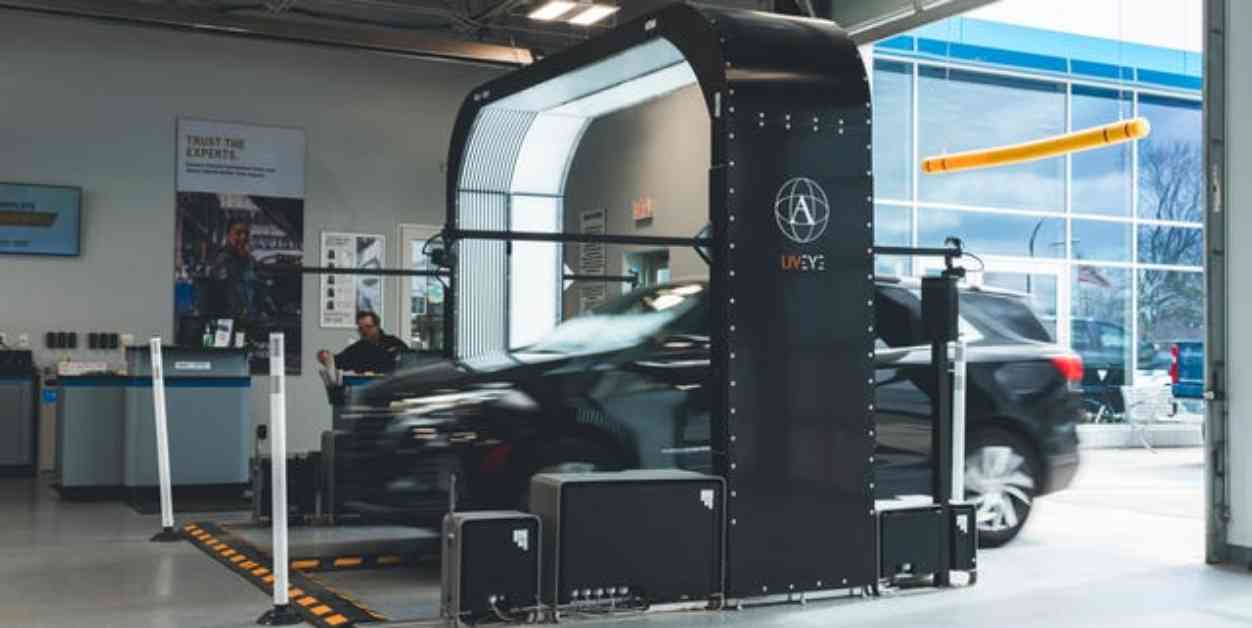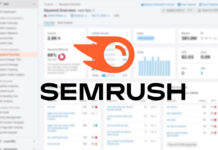UVeye, an Israeli company, initially developed an automated vehicle-inspection system called Helios for homeland security to scan for explosives under vehicles. However, they discovered that the system was more effective at detecting fluid leaks than guns or bombs. This led to a shift in focus towards the automotive industry, with companies like Škoda, General Motors, and Hyundai adopting UVeye’s technology.
Helios, UVeye’s flagship technology, uses three cameras to quickly examine a vehicle’s underbody, identifying leaks, damaged components, and rust severity through artificial intelligence and deep learning. Another tool, Artemis, analyzes tires for tread depth, wear patterns, date codes, and damage. Although not perfect, it provides valuable insights into tire conditions.
Atlas, another UVeye system, inspects body panels and exterior pieces for dents, scratches, paint issues, rust, and other imperfections. It comes in two variants for commercial and passenger vehicles, utilizing multiple cameras to detect anomalies. The data collected is uploaded to UVeye’s database, and results are sent back to the operator within 20 to 35 seconds, showcasing the efficiency of the technology.
In addition to the technical aspects of UVeye’s systems, it is interesting to note the career background of Greg Fink, who has a passion for cars and car culture. His extensive experience in the media industry, working for publications like U.S. News & World Report, The Huffington Post, Motor1.com, and MotorTrend, adds credibility to his insights on automotive technologies like UVeye’s automated inspection systems.










